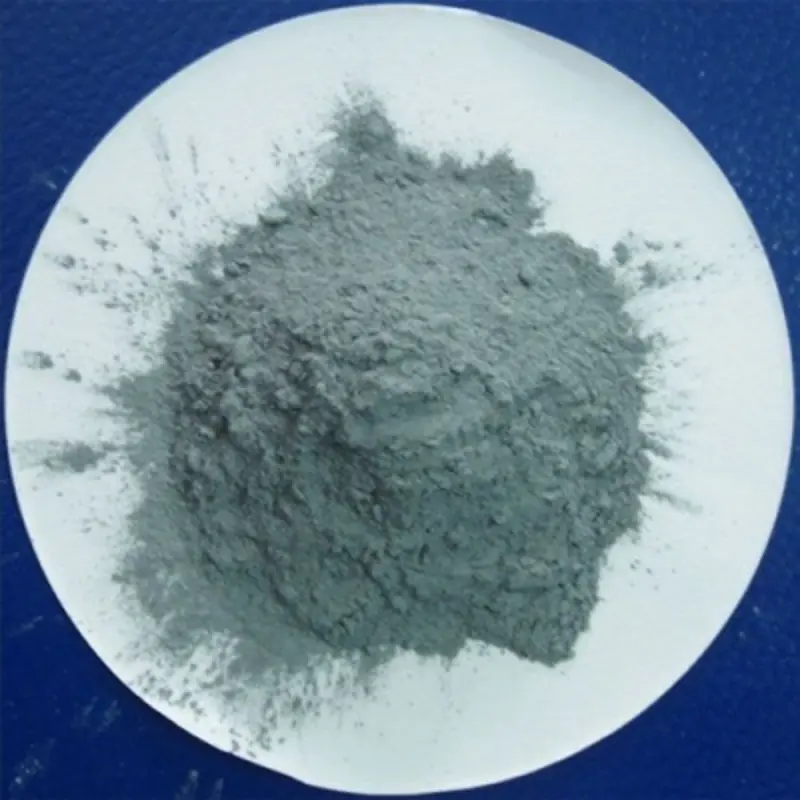-
Categories
-
Pharmaceutical Intermediates
-
Active Pharmaceutical Ingredients
-
Food Additives
- Industrial Coatings
- Agrochemicals
- Dyes and Pigments
- Surfactant
- Flavors and Fragrances
- Chemical Reagents
- Catalyst and Auxiliary
- Natural Products
- Inorganic Chemistry
-
Organic Chemistry
-
Biochemical Engineering
- Analytical Chemistry
-
Cosmetic Ingredient
- Water Treatment Chemical
-
Pharmaceutical Intermediates
Promotion
ECHEMI Mall
Wholesale
Weekly Price
Exhibition
News
-
Trade Service
Introduction:
As a lead compound in the chemical industry, (T-4)-Bis[2-(hydroxy-κO)benzoato-κO]lead has a wide range of applications and products that can be derived from it.
In this article, we will explore the upstream and downstream products of (T-4)-Bis[2-(hydroxy-κO)benzoato-κO]lead, which is commonly used as a catalyst in various chemical reactions.
Upstream Products:
The upstream products of (T-4)-Bis[2-(hydroxy-κO)benzoato-κO]lead are primarily the starting materials used in its synthesis.
In the production of (T-4)-Bis[2-(hydroxy-κO)benzoato-κO]lead, the primary starting material is lead nitrate, which is reacted with 2-hydroxybenzoic acid to form the lead complex.
Other starting materials, such as solvents and reagents, may also be required in the synthesis process.
Downstream Products:
The downstream products of (T-4)-Bis[2-(hydroxy-κO)benzoato-κO]lead are the various chemicals and compounds that can be derived from its use as a catalyst in chemical reactions.
One of the most common downstream products of (T-4)-Bis[2-(hydroxy-κO)benzoato-κO]lead is the polymerization of vinyl monomers, which is used in the production of various plastics and polymers.
Polymerization of Vinyl Monomers:
(T-4)-Bis[2-(hydroxy-κO)benzoato-κO]lead is commonly used as a catalyst in the polymerization of vinyl monomers, such as polyethylene and polypropylene.
In this reaction, the lead complex acts as a catalyst to initiate the polymerization reaction and control the molecular weight of the resulting polymer.
The polymerization reaction can be carried out using various conditions, such as high temperature and pressure, to ensure the formation of high-quality polymers.
Other Downstream Products:
(T-4)-Bis[2-(hydroxy-κO)benzoato-κO]lead can also be used as a catalyst in the synthesis of various chemicals and compounds, including alkylating agents, esters, and amides.
In addition, it can also be used in the oxidation of alkanes and the hydrolysis of esters.
Conclusion:
In conclusion, (T-4)-Bis[2-(hydroxy-κO)benzoato-κO]lead is a versatile lead compound with a wide range of applications in the chemical industry.
Its upstream and downstream products are primarily derived from its use as a catalyst in various chemical reactions, including the polymerization of vinyl monomers and the synthesis of various chemicals and compounds.
As the demand for chemical products continues to grow, the use of (T-4)-Bis[2-(hydroxy-κO)benzoato-κO]lead and other lead compounds is expected to increase in the coming years.




![Aluminum, [(2E)-2-butenedioato(2-)-κO1]hydroxy- Al-Fum](https://file.echemi.com/fileManage/upload/goodpicture/20230919/ibrutinib-high-quality_b20230919163357076.jpg)


